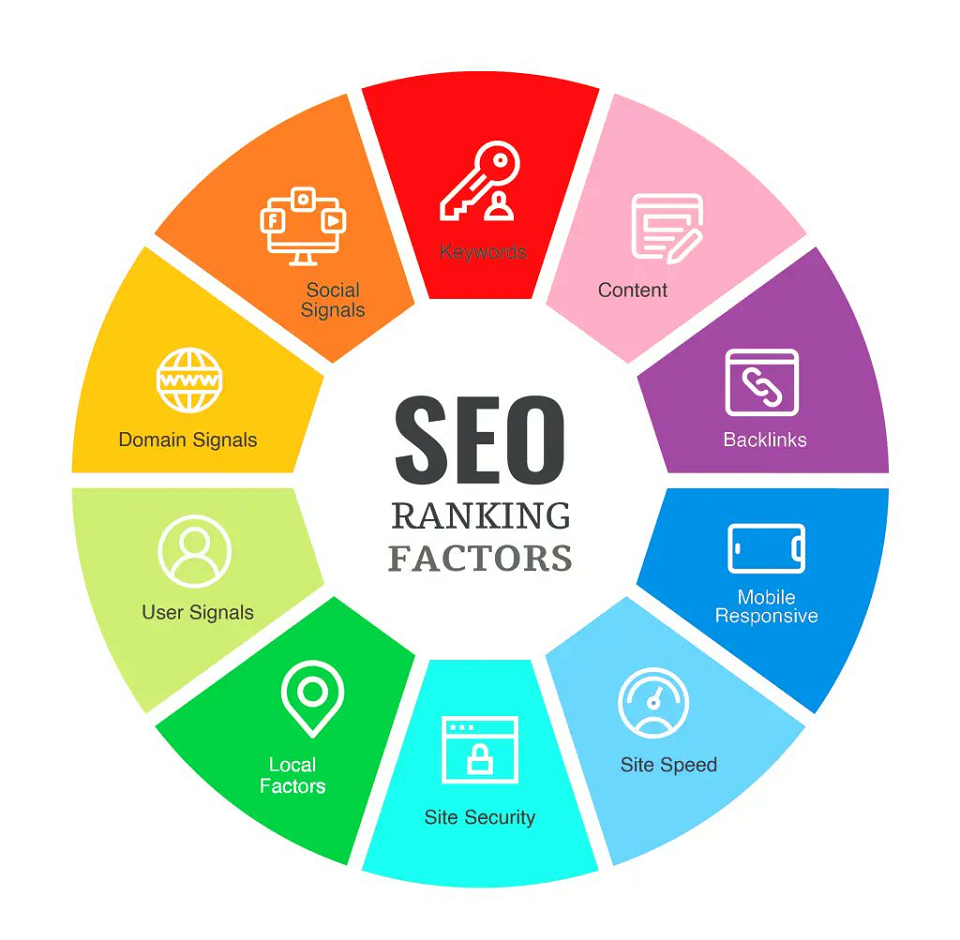How to Beat Google's Mobile-First Index

As mobile usage continues to grow, Google has shifted its focus to mobile-first indexing, meaning mobile versions of websites will be prioritized in search rankings. This has significant implications for businesses, as they must ensure their mobile site is optimized to rank well in Google search results.
The following infographic provides a detailed overview of mobile-first indexing and offers tips to help businesses optimize their mobile site for better search rankings.
The infographic emphasizes that a responsive design is critical for mobile-first indexing, as it allows the website to adapt to different screen sizes and devices. It's also important to have a fast loading time and to optimize images and other multimedia content.
Another key aspect of mobile-first indexing is ensuring that content is consistent across desktop and mobile website versions. The infographic suggests that businesses should avoid hiding content on the mobile site or using different URLs for desktop and mobile versions of the site.
The infographic also emphasizes the importance of user experience, such as using a clear and easy-to-read font, ensuring that links are spaced out enough to be easily clickable, and avoiding pop-ups that can interfere with the user's experience.
Overall, this infographic offers valuable insights into how businesses can optimize their mobile site for better search rankings in the era of mobile-first indexing. By prioritizing responsive design, fast loading times, and a consistent user experience, businesses can ensure their website ranks well in Google search results, and can attract and retain more visitors over time.












